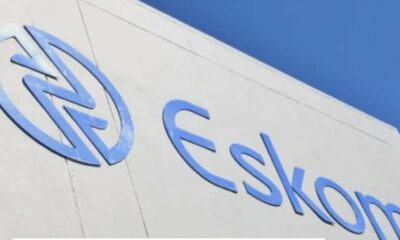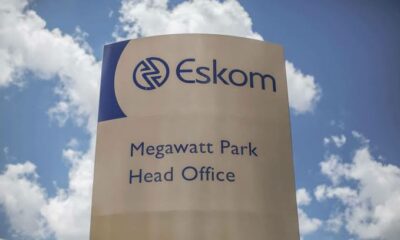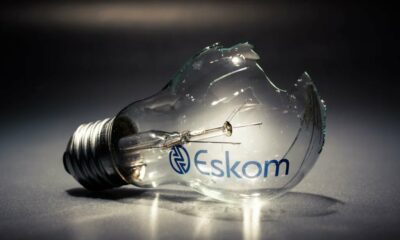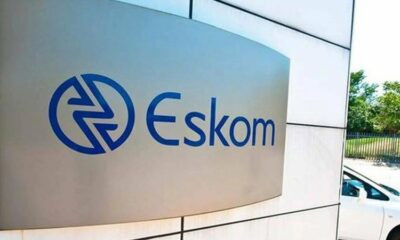411
Eskom’s New Tariffs Hit Rooftop Solar Users With Up to 75% Price Hike
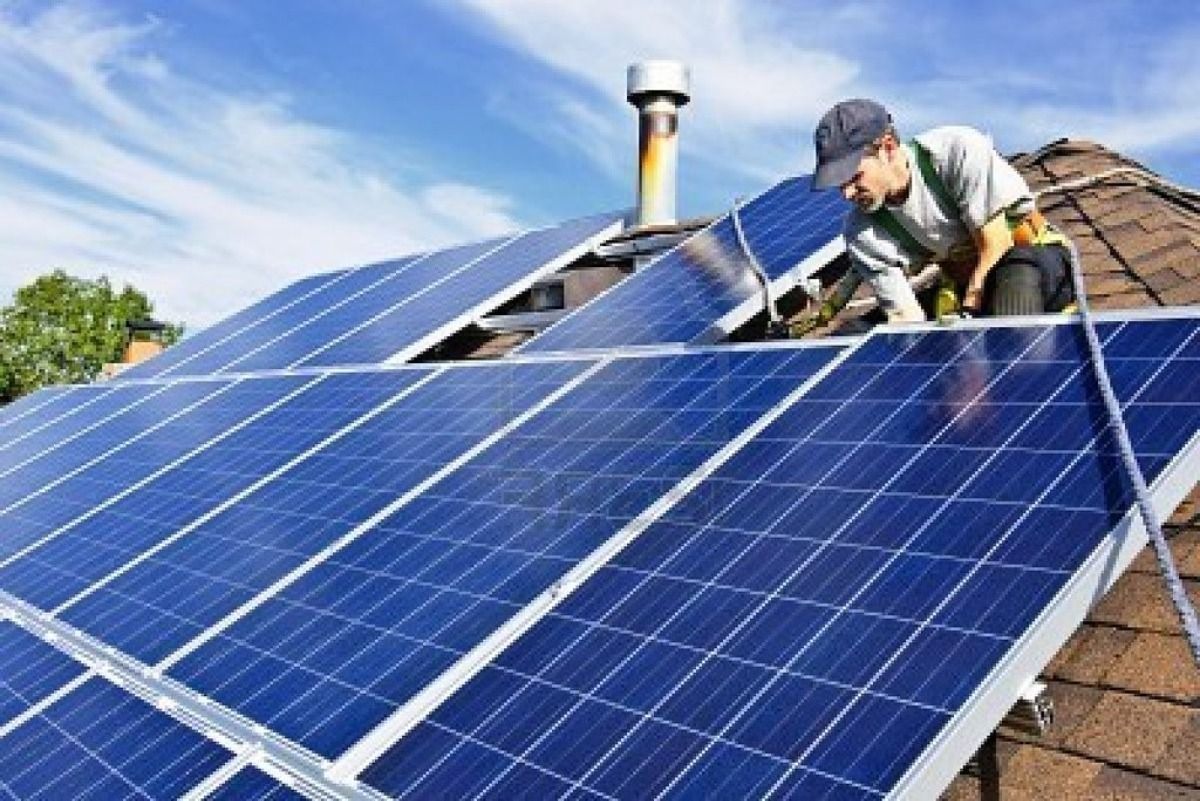
South Africans using rooftop solar may soon pay more, not less, for electricity—thanks to Eskom’s new retail tariff plan (RTP) approved by the National Energy Regulator of South Africa (Nersa).
Energy analysts are warning that solar users could see price hikes of more than 75% by 2028, as Eskom shifts away from usage-based billing and introduces higher fixed charges, regardless of how much electricity you use.
This comes as Eskom phases out its inclining block tariff (IBT) system and rolls out front-loaded charges under the Homepower packages—primarily affecting middle- to high-income households, many of whom have adopted rooftop solar to reduce reliance on the national grid.
Why Eskom Is Targeting Low Consumption
According to independent energy analyst Pieter Jordaan, Eskom is under pressure as more customers switch to self-generation, especially wealthier households. These users draw less electricity but remain connected to the grid for backup.
To recover lost income, Eskom is front-loading its pricing structure with fixed network charges that all users must pay—whether they consume a lot or a little.
In short: using less Eskom power won’t save you as much as it used to.
“The tariffs were strategically frontloaded to lock in revenue at lower consumption—especially from customers invested in solar self-generation,” Jordaan explained.
The Numbers: What It Means for You
Jordaan’s analysis shows that a household using 600kWh per month under the Homepower 4 plan will pay 28% more in 2025 alone.
Over the next three years, two additional phases of 30% each (in 2026/27 and 2027/28), along with annual general hikes of 5.36% and 6.19%, will drive total costs up by more than 75% compared to current bills.
For many, this effectively cancels out the cost-saving benefits of rooftop solar.
End of Inclining Block Tariff (IBT)
Eskom says the IBT system, which was originally intended to help low-income households, ended up giving “uneconomic incentives” to those installing embedded generation. In its place, the utility is rolling out new fixed charges to ensure stable revenue—even from customers who rely primarily on their own solar panels.
Fixed Charges for Everyone
All Eskom customers, regardless of consumption, will now face non-generation charges covering transmission, distribution, and account administration. While Nersa has capped Eskom to implement just 20% of its proposed fixed charges in 2024, the rest will be phased in by 2027/28.
Energy expert Chris Yelland previously warned that this model shifts the burden to low-usage customers, effectively penalising those who consume the least—like solar households.
A Broader Clampdown on Solar
To tighten control, Eskom is also requiring all rooftop solar installations to be registered with the utility or local municipalities by March 2026. Registration after that deadline may incur penalties.
VAT Hike Off the Table—For Now
One small relief is that households won’t be hit with VAT increases on top of tariff hikes. Thanks to legal action by the DA and EFF, government plans to raise VAT to 16% over the next two years were withdrawn. National Treasury will table a new budget in May without the VAT increase.
Looking Ahead
The new tariff structure marks a dramatic shift in how Eskom bills its customers. While aimed at financial sustainability, the plan is drawing heavy criticism for undermining the very energy independence many South Africans have invested in.
For solar users, the message is clear: even if you’re using less, you’re going to start paying more.

{Source: BusinessTech}
Follow Joburg ETC on Facebook, Twitter , TikTok and Instagram
For more News in Johannesburg, visit joburgetc.com

